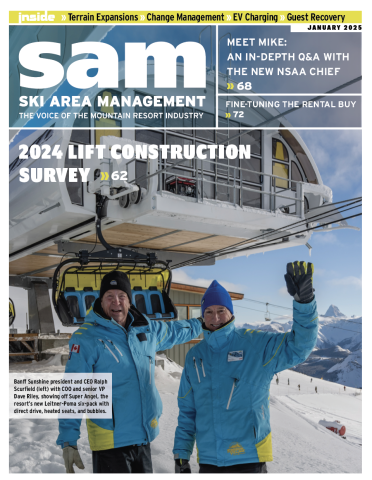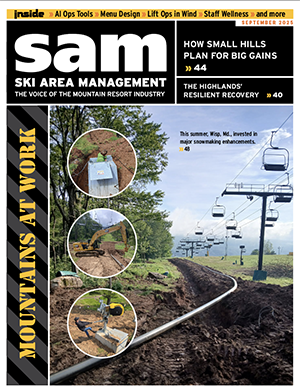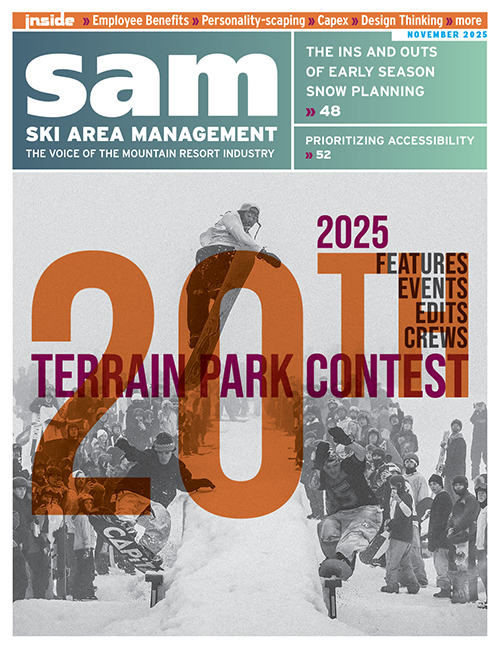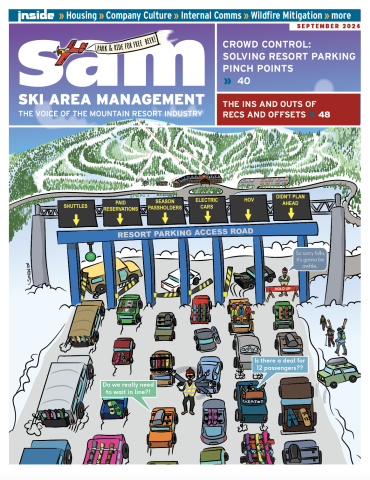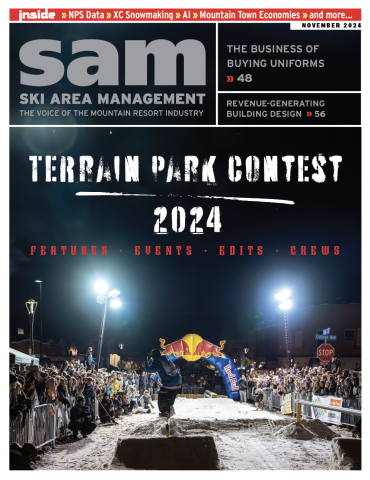SAM Magazine—Denver, March 14, 2023—Despite widespread significant snowfall across the West in February, high nightly room rates and continued economic pressures depressed bookings across the region—and led to rate reductions in some cases.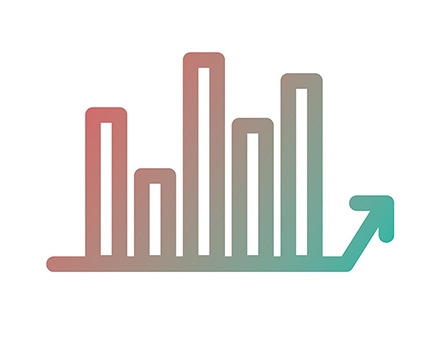 Still, while occupancy is down slightly compared to last year, overall rates are still substantially higher than they have been compared to the past three seasons.
Still, while occupancy is down slightly compared to last year, overall rates are still substantially higher than they have been compared to the past three seasons.
That is the latest analysis from DestiMetrics, part of the business intelligence division of Inntopia, in its monthly Market Briefing for February. The DestiMetrics data were aggregated from approximately 28,000 lodging units in 17 mountain communities across seven Western states through Feb. 28.
While occupancy during February dipped 0.8 percent compared to last February, the average daily rate (ADR) was up 11.1 percent. Compared to February 2020, just weeks before the pandemic hit, occupancy is up a slight 1.8 percent and rates are up a dramatic 44.2 percent.
Short-lead bookings made in February for arrivals in that month benefited from abundant snowfall. Compared to one year ago, when the Omicron variant was causing some travel hesitation, bookings for in-month arrivals were up 22.2 percent.
The broader view is a little less rosy. After two consecutive months of gains in booking pace during December and January, bookings in February for arrivals from February through July declined relative to both last year and the last pre-pandemic booking month of February 2020. Compared to February 2022, bookings for the six-month period were down 4.5 percent. This was the fourth decline in the past six months in the year-over-year booking pace.
Compared to the same time last year, actual and on-the-books occupancy for November through April remains down 1.4 percent—the same as last month. Lodging properties are weathering the decline by capturing higher room rates with ADR up 7.1 percent from last winter.
“It’s likely that western resorts have benefitted from the lack of snow in the East during the past few months," said Tom Foley, senior vice president of business intelligence for Inntopia. But with improved conditions at eastern resorts, western destinations may see some modest declines in occupancy during the rest of the season. Foley also noted that some western destinations received too much snow, making it impossible for some guests to reach the resorts.
Foley said that while occupancy rates have been relatively steady, actual room nights have declined 4.5 percent, as many resorts have fewer lodging units available than they did pre-pandemic. He pointed out that this trend has been increasing since summer 2022, and that it explains how mountain visitation has actually been shifting down in recent months.
The DestiMetrics data also indicate that rates declined in at least three of the report's 17 destinations for the months of February through July—the first such change since 2020. A month earlier, all destinations were showing increases in rates from year-earlier totals.
The average length of stay for bookings made in February was down 0.16 nights from last February, and down 0.11 nights compared to pre-pandemic February. The length of stay began shrinking in early 2022; shorter stays contribute to a softer booking pace and lower revenue per booking.
On a more positive note, Foley noted that the strong snowfall this year bodes well for early bookings for next season, and an extended spring season this year allows resorts to pad their sales for the current season. Despite the booking slowdown, "this season is going to be the second best ever for seasonal revenues—second only to last year’s historic numbers,” he concluded.




